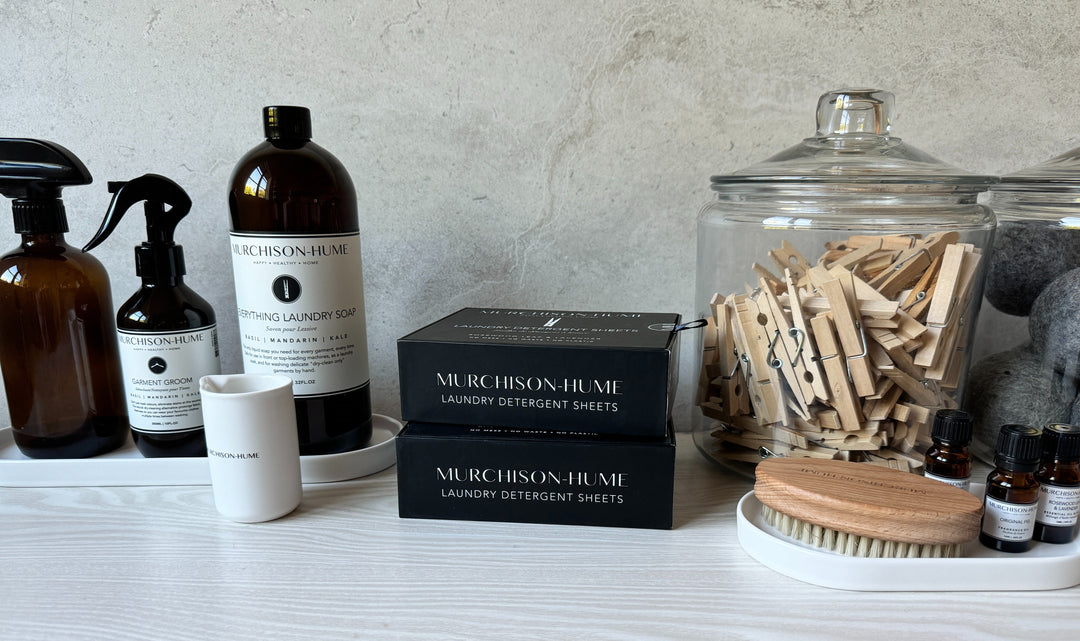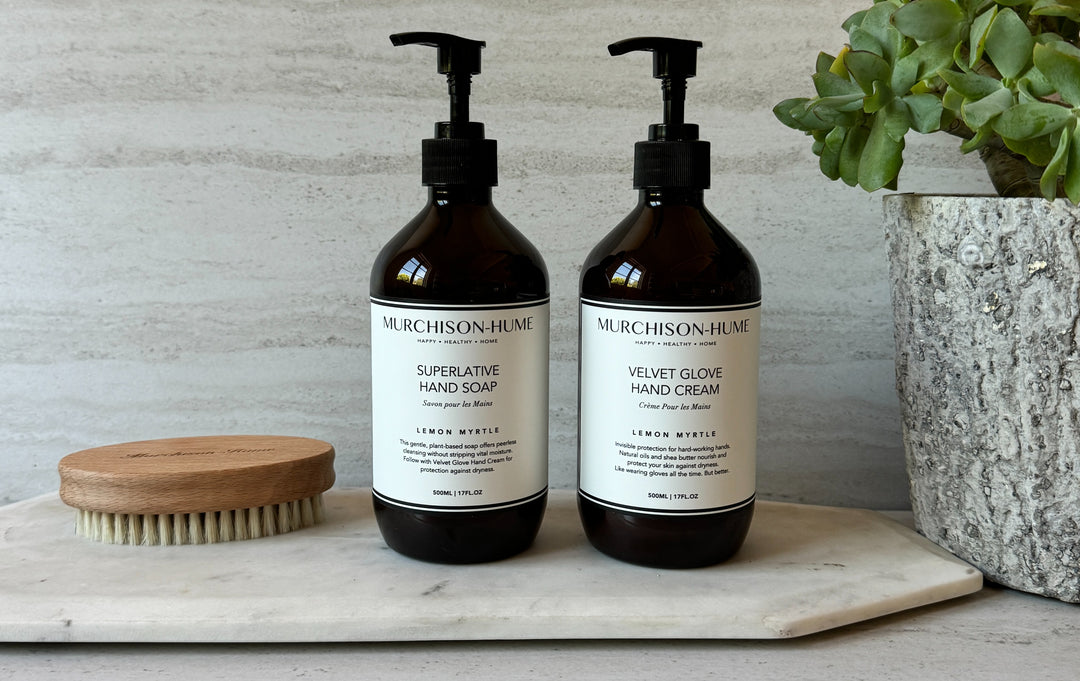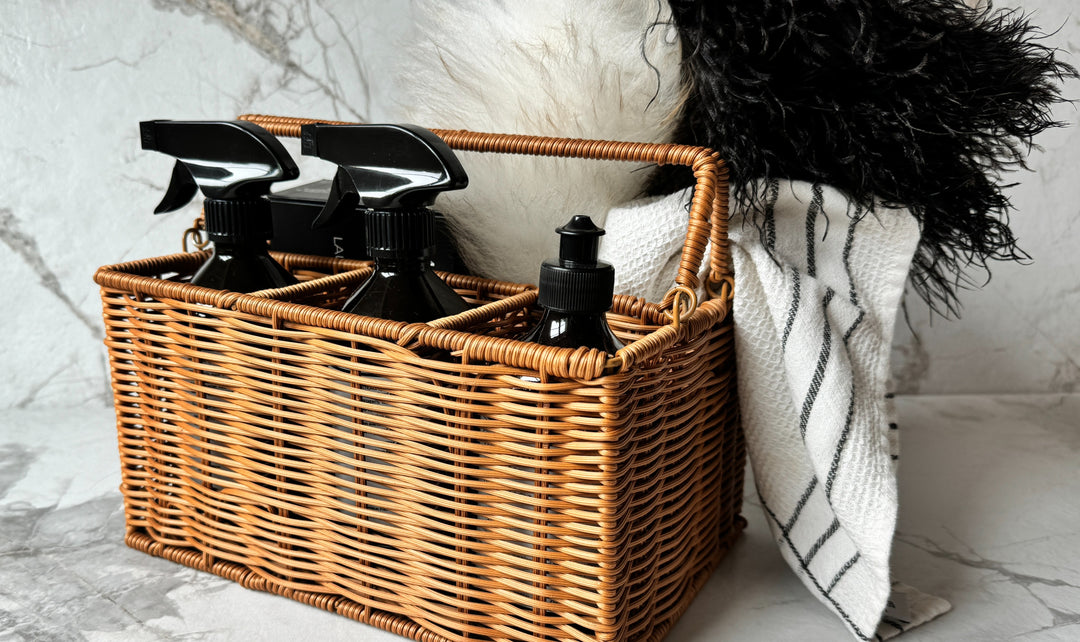You use your hands more than most other body parts. Whether you’re typing from your laptop all day, finishing up the day’s manual labor like washing the dishes or cleaning up scattered toys, or even just thumbing through your email, hands take a real beating. Just like every other patch of skin on your body, your hands can show signs of aging like dehydration and wrinkles, too. Couple that with the fact that we’ve all spent the last year washing our hands and slathering on drying hand sanitizer incessantly, and it’s time to take a second look at how you care for them.
Just like you’d analyze the ingredients in a new face moisturizer to make sure it’ll be effective and non-irritating, you should do the same for your hand (and body) cream, too. The best hand creams all have a few things in common: They’re non-greasy, moisturizing, and leave hands smelling fresh—but not too perfumey. We took a closer look into our best-selling Velvet Glove Hand Cream ($26) so you can see how each ingredient in our 100% cruelty-free hand cream works together to deliver unparalleled hydration.
First, what a good hand cream shouldn't have: parabens and phthalates, which are known endocrine disruptors. These artificial preservatives have been banned in many European countries, and alternatives like Benzyl Alcohol and Phenoxyethanol (which is in our Lemon Myrtle scented cream) are effective non-toxic alternatives.
And now for what our Velvet Glove Hand Cream does have:
Glycerin: A humectant found in many moisturizers, glycerin helps increase the water content of the outer layers of the skin by pulling moisture from the air and the deeper layers of skin. It’s usually paired with occlusives like shea butter or jojoba oil to “lock” moisture in.
Caprylic Triglyceride: A medium-chain fatty acid made by combining palm kernel or coconut oil with glycerin, this has potent antibacterial and anti-inflammatory properties, which means it’s especially great for colder months.
Vitis Vinifera (Grape Seed Oil): When used topically, grape seed oil contains linoleic acid and a dose of antioxidants that protect against free radicals. It’s non-comedogenic, which means it won’t clog pores.
Butyrospermum parkii (Shea Butter): Another occlusive, shea butter softens skin by locking water inside. It also has anti-inflammatory and healing properties and can help lighten dark spots, also known as hyperpigmentation.
Simmondsia chinensis (Jojoba) Seed Oil: Rich in vitamins A, E, and D, jojoba oil isn’t actually an oil: It’s a wax ester derived from the Simmondsia chinensis plant that mimics skin’s own sebum. While some think putting oils on your skin will make it more oily, jojoba seed oil specifically tricks your skin into making less sebum, making it great as a T-zone moisturizer, too. It’s occlusive, which means it helps seal in moisture.
Lactic acid: Lactic acid is an alpha-hydroxy acid commonly derived from milk that gently exfoliates to remove dead skin cells, making it great for your hands. It can also stimulate collagen production.
For extra dry hands, slather on a generous amount and cover them with cotton gloves to help truly soften the skin.
BTW: It’s a great idea to do the same with your feet and wear socks for a day (or overnight). Peel them off to reveal baby soft feet!
Xx, LC







